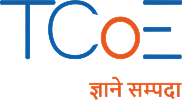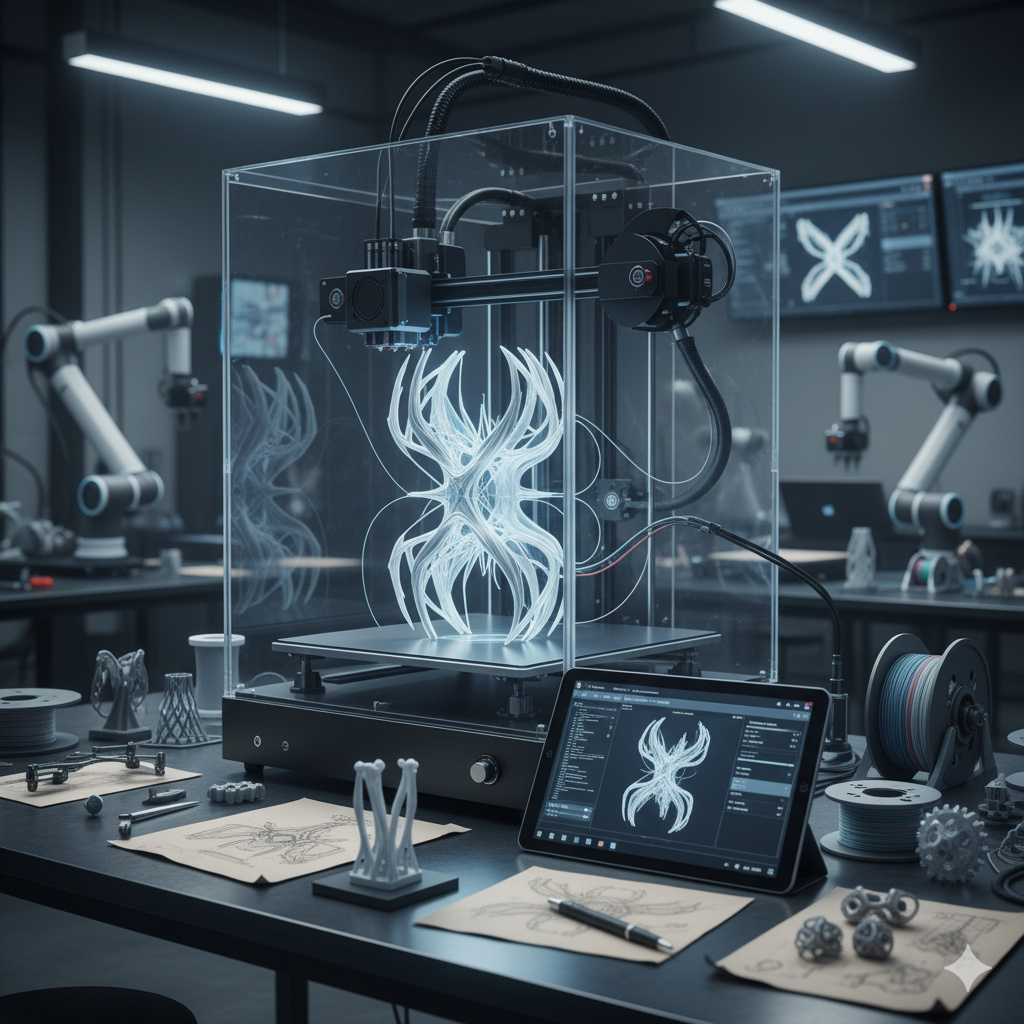The “Advanced Design and 3D Printing” course takes you beyond the basics and dives deep into the world of high-precision digital fabrication and innovative product development. Designed for learners who want to elevate their creativity and technical mastery, this course explores advanced modeling techniques, complex geometries, and real-world design workflows used in modern industries. You’ll discover how cutting-edge 3D printing technologies are reshaping engineering, manufacturing, healthcare, and art—unlocking possibilities that were once impossible with traditional methods.
Through hands-on projects and advanced tools, you’ll learn how to design intricate components, optimize structures for strength and efficiency, and work with a wide range of professional-grade materials and printers. Whether you’re aiming to build industrial prototypes, engineer lightweight components, or craft highly customized products, this course empowers you to bring next-level ideas to life with accuracy and innovation. It’s the perfect gateway to mastering future-ready skills in digital design, additive manufacturing, and rapid product development.
- 72 Hours (2 hours/day x 6 days/week x 6 weeks) OR at your own pace
- Hindi, English
- Learn & Get Certified
- Basic & Intermediate
- Hands-On Training
About this course
Advanced Design and 3-D Printing Course builds on fundamental design skills while focusing on advanced 3D modelling techniques and the upkeep of 3D printers.
The course covers complex CAD modelling, optimization for additive manufacturing, troubleshooting, calibration, and repair of different types of 3D printers. Students will gain practical expertise in creating advanced designs and ensuring reliable, high-quality performance of 3D printing systems.
- Fees: ₹5,000 ₹3,000 (incl. GST) (Excluding tools & equipment cost)
- Certification: TCoE
- Duration: 72 Hours (2 hours/day x 6 days/week x 6 weeks) OR at your own pace
What you'll learn
After this course you will be able to:
- Advanced 3D Modeling Techniques: Master complex geometries, organic shapes, parametric design, and intricate features using professional CAD tools.
- Topology Optimization: Learn how to reduce weight, improve strength, and enhance performance through smart structural optimization algorithms.
- Design for Additive Manufacturing (DfAM): Understand how to design parts specifically for 3D printing, considering orientation, support structures, and printability.
- Simulation & Analysis: Perform stress, thermal, and motion simulations to validate and refine your designs before printing.
- Multi-Material & High-Precision Printing: Explore advanced printing methods involving resin, flexible materials, composites, and metal-like filaments.
- Industrial 3D Printing Workflows: Gain practical experience in slicing, preparing, and optimizing files for professional-grade 3D printers.
- Surface Detailing & Complex Texturing: Create detailed patterns, lattices, textures, and organic structures for both functional and aesthetic applications.
- Post-Processing & Finishing Techniques: Learn advanced methods like curing, polishing, assembling, vapor smoothing, and painting for a professional finish.
Course Content
How to use online TCoE platform?
Advantages of this course
Tools and Equipment required
National Skill Development Mission
Browse Online Drones Certificates
Find new interests and advance your career opportunities!
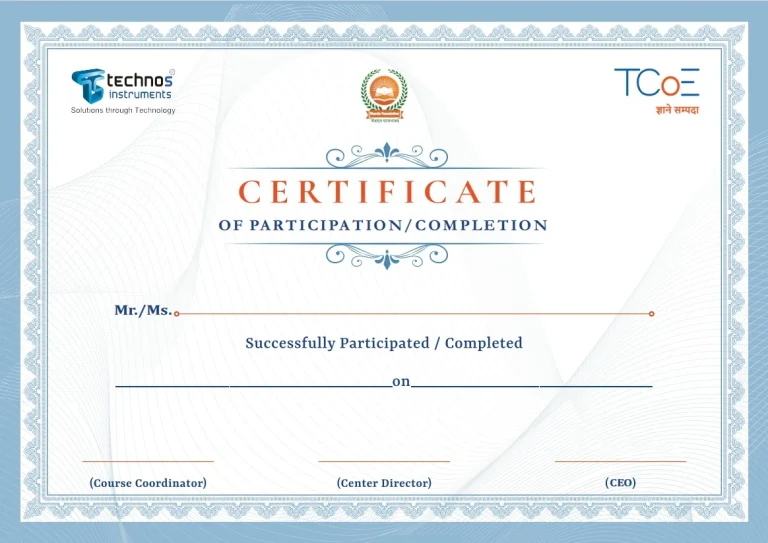
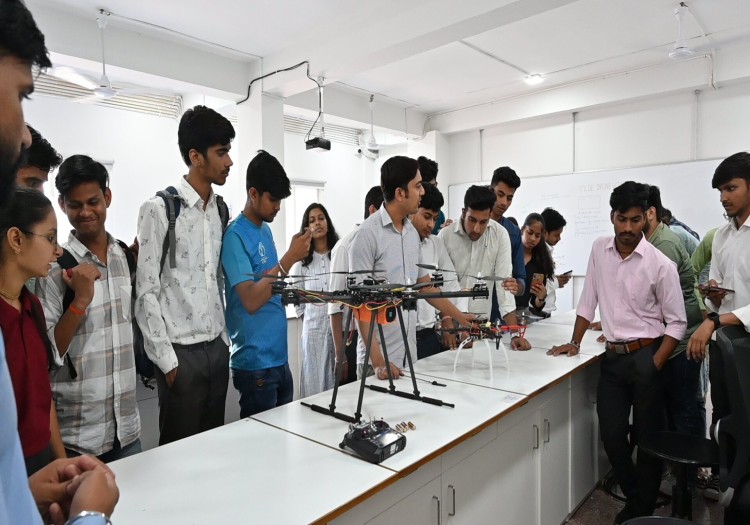


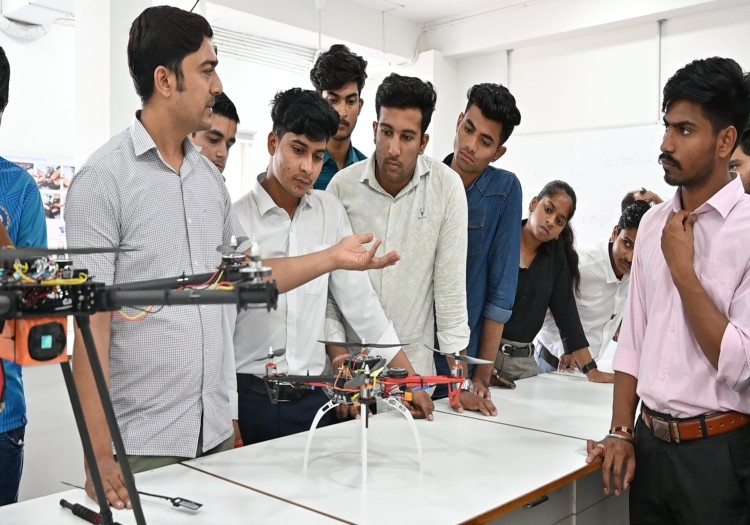

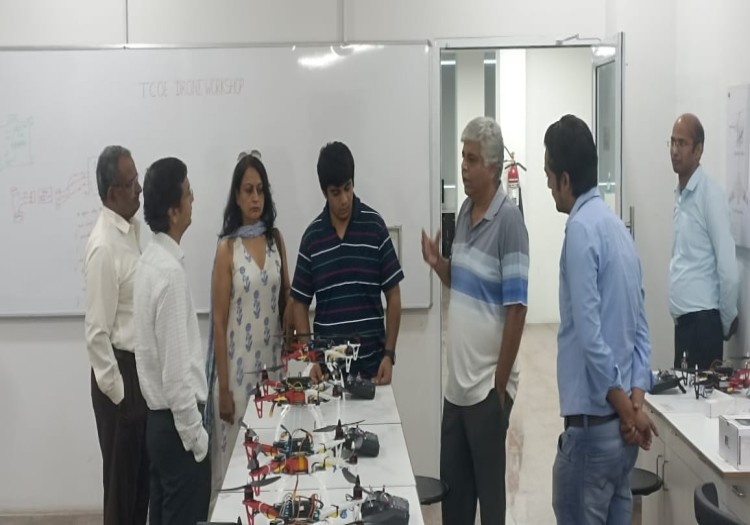
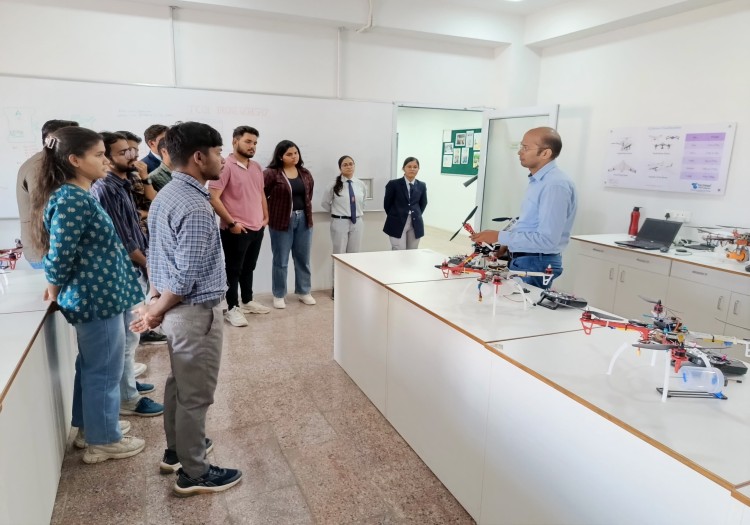
Browse Online Drones Certificates
Find new interests and advance your career opportunities!








ENROLL TODAY & GET 30% OFF ON ALL COURSES
Your Future Can’t Wait, Enroll Now and Save 30% On All Courses. Hurry Up Offer valid Till Diwali
Our Related Courses
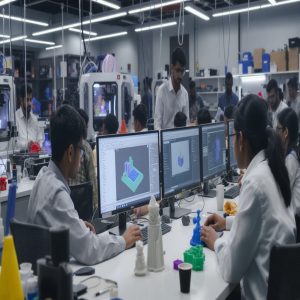
Basic Design and 3D Printing
See what our students have to say
With over a decade of experience, our mission is to produce future-ready skilled resources.
Topology Optimization
One of the most fascinating topics in this advanced course is Topology Optimization, a design technique that helps you create structures that are both lightweight and incredibly strong. Instead of manually shaping a model, you use powerful software tools that automatically remove unnecessary material while keeping the part durable and functional. The result is an organic, futuristic-looking design—similar to structures found in nature—that performs better than traditional shapes.
This topic stands out because it blends engineering intelligence with creative freedom. You’ll learn how to optimize parts for real-world applications such as aerospace components, mechanical parts, medical devices, and custom products. By understanding how to balance strength, weight, performance, and material use, you gain the ability to design smarter, more efficient products that take full advantage of the power of additive manufacturing.
Job Opportunities
Here are some interesting job opportunities after completing the Advanced Design and 3D Printing course:
Freelance 3D Designer (Advanced): Offer specialized design, simulation, and high-end 3D printing services for engineering firms, startups, and creative industries.
Research Associate in Additive Manufacturing: Contribute to advanced research projects involving new materials, printing methods, and design strategies.
Design Consultant for Additive Manufacturing: Provide expert design solutions to companies adopting 3D printing for production and innovation.
Materials & Process Engineer (3D Printing): Work with advanced printing materials, analyze performance, and improve additive manufacturing processes.
Industrial 3D Printing Technician: Operate and maintain professional-grade printers including resin, SLS, metal, and multi-material machines.
Topology Optimization Specialist: Use simulation-based tools to engineer lightweight, high-strength structures for cutting-edge applications.
Rapid Prototyping Specialist: Develop high-precision prototypes, validate designs, and support R&D teams in innovation labs or tech startups.
Frequently asked questions
How is this course different from a basic 3D printing course?
This course goes deeper into complex modeling, structural optimization, multi-material printing, and industry-level workflows that aren’t covered in basic training.
Will I learn to work with industrial materials like resins and composites?
Yes! You will explore how advanced materials behave, how to select them for specific applications, and how to print them effectively.
Do we get to work with simulation tools?
Definitely. You’ll use simulation software to test stress, strain, and performance—helping you refine your design before printing.
Is prior CAD experience necessary?
Basic familiarity with CAD tools is recommended, as this course focuses on advanced modeling and design strategies.
What kinds of advanced printers will I use?
Depending on the lab setup, you may get hands-on experience with resin (SLA/DLP), SLS, metal-like filaments, and multi-material printers.
